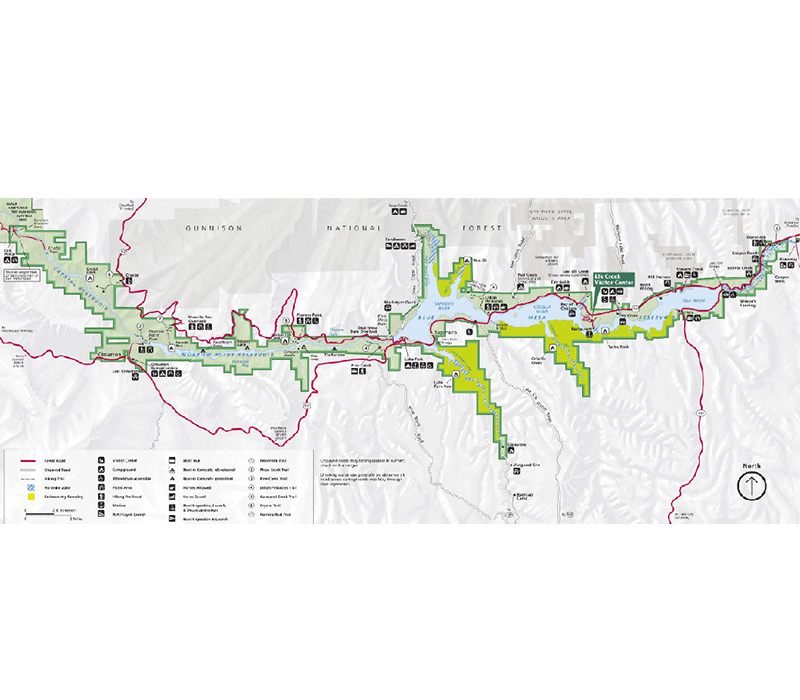
USGS Investigators: Nancy Bauch
NPS Investigators:
| 2021 | 2022 | 2023 |
|---|---|---|
| $99,730 | $99,750 | $89,550 |
The National Park Service (NPS) at Curecanti National Recreation Area (CURE) has an urgent need to improve understanding of processes causing algal-bloom occurrence in Blue Mesa Reservoir (BMR) and for development of techniques for detection and monitoring of algal blooms to protect public health. Algae are natural and common in BMR, but in recent years there has been an increase in occurrence of algal blooms, including the largest know which occurred in early fall of 2018 during a severe regional drought. In September 2018, a cyanotoxin was detected for the first time in the recreation area. The NPS issued a “No Contact Advisory†and news release and posted warning signs to protect the health of visitors and their pets.
This project will improve understanding of processes leading to algal-bloom occurrence in BMR and develop remote-sensing methods to enable resource managers at CURE to proactively respond with water-quality sampling, including testing for cyanotoxins and issuing warning notices. if warranted, to protect public health. This study has three primary objectives:
